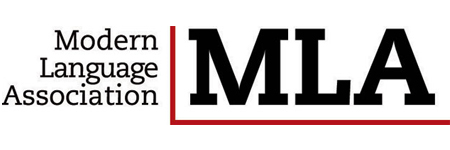Change and Transformation in the Organizational Structure of Alevism: From the Ocak (Heart) System to the Inversion to Orders and Sürek Ritual Systems
DOI:
https://doi.org/10.24082/2022.abked.401Keywords:
Alevi, ocak system, ritual, change of ritual, transformation to OrderAbstract
This study’s focus will be on the evolution of ocaks, the basic constituent and sustaining system of the Alevi belief system, through political, social and religious events. The communities that we include today under the Alevi umbrella, have been and continue to be called with different names through history and nowadays. The question about the reasons for the naming, and the differences between communities was not discussed until recent years. However, each naming presents a complex structure which includes factors such as historical charismatic personage, religious structure (ritual system, religious hierarchy), political and social events. Hereditary structure and ritual system of the Alevi belief system have been the main factor in defining the community. The rituals played a dominant role in defining community as the “other”. Despite this, the studies on Alevism have often ignored rituals or not seen them due to the feature of closed community. However, the most important outcome of our studies is the fact that it is not possible to fully understand Alevism and its institutional structure without understanding the ritual system. Again, the struggles to shape the rituals through history have been perceived as power struggles of political powers. The efforts of the Ottoman Empire to transform Balım Sultan and Alevi communities from a hereditary structure into a certain ritual system of an order, and to shape them according to the “Ardabil Rule System (Erkan)” and the Buyruk copies of Shah Ismail and the Ardabil tekke, were also seen as a political struggle or a sectarian conflict, and were included, as such, into the books without understanding their background. However, as in the communities belonging to every belief system, Alevi communities too have evolved and new names, new rituals have emerged. We identified different nomenclatures and ritual systems in Alevi settlements in Turkey, Bulgaria and Greece, where we carried out our fieldwork. We also identified the communities that performed cems belonging to two rule systems (erkan), the Bektashi rituals but called Rifai, Kairi and Nakshibendi or cems and rituals which are mixture of Riafi-Bektashi, Bektashi-Kadiri, Nakshi-Bektashi rule systems. This paper will analyse the evolutions of ritual and traditional structure on the samples of the communities transformed from the traditional ocak system to the Babagan Bektashi order, transformations from the ocak system into surek ritual system, the communities transformed into the cem system with two rule systems (erkan) under the influence of the Babagan Babas (leaders) appointed to tekkes and derghas, the communities with the Alevi origin being known today by the names of orders such as Riafi and Kadiri, and finally, the communities defined today as Bektashi despite being affiliated with the Kadiri or Rifai orders in their traditional structure. In the limitations of study, we will address and analyse the change and transformation, which we defined as evolution, using data obtained during our fieldwork (records of rituals, oral history), historical information (documents, genealogy, etc.) and written literary sources, from the perspective that also tries to explain the evolution of rituals and their definition in new names.
Downloads
Downloads
Published
How to Cite
Issue
Section
License

This work is licensed under a Creative Commons Attribution-NonCommercial-NoDerivatives 4.0 International License.








